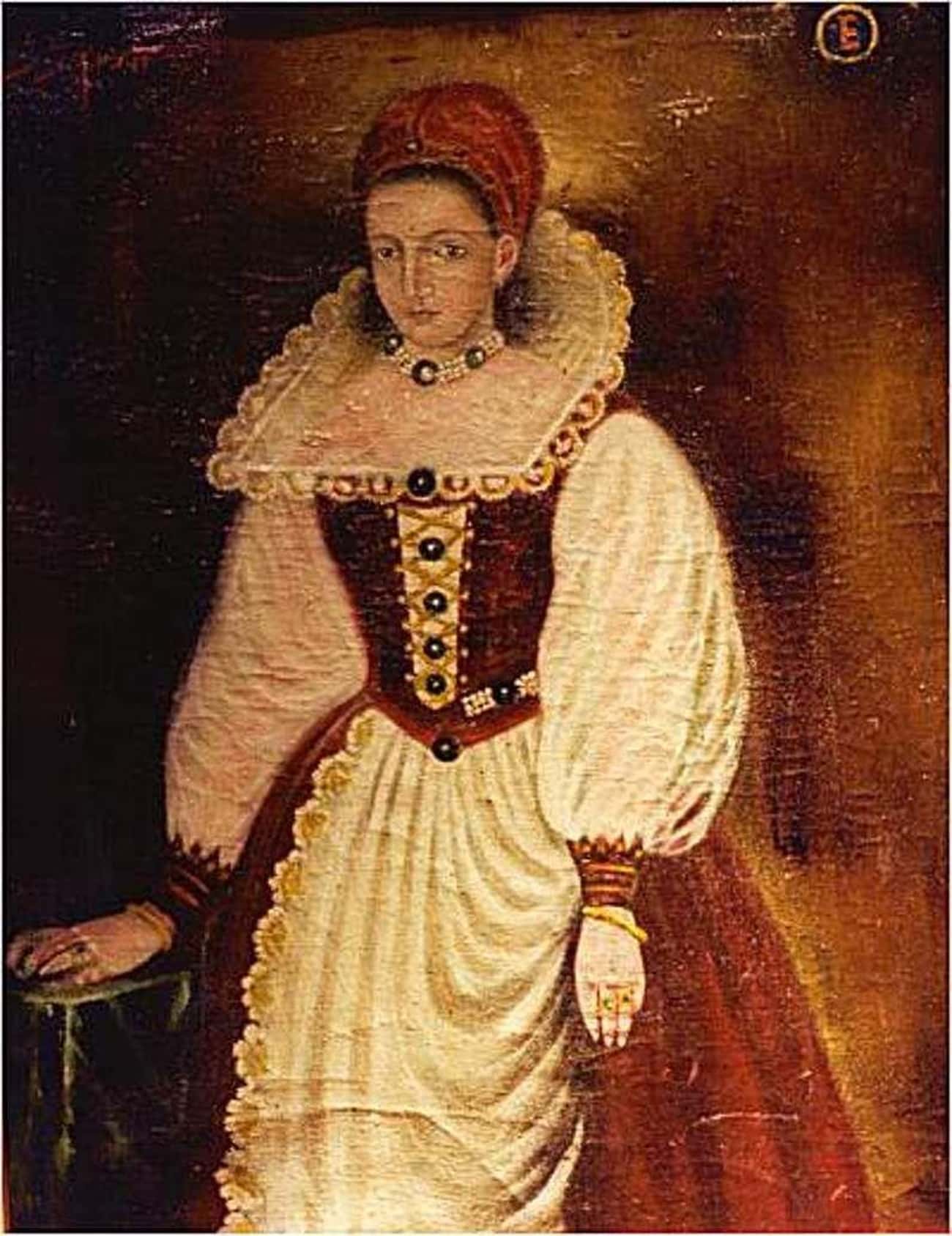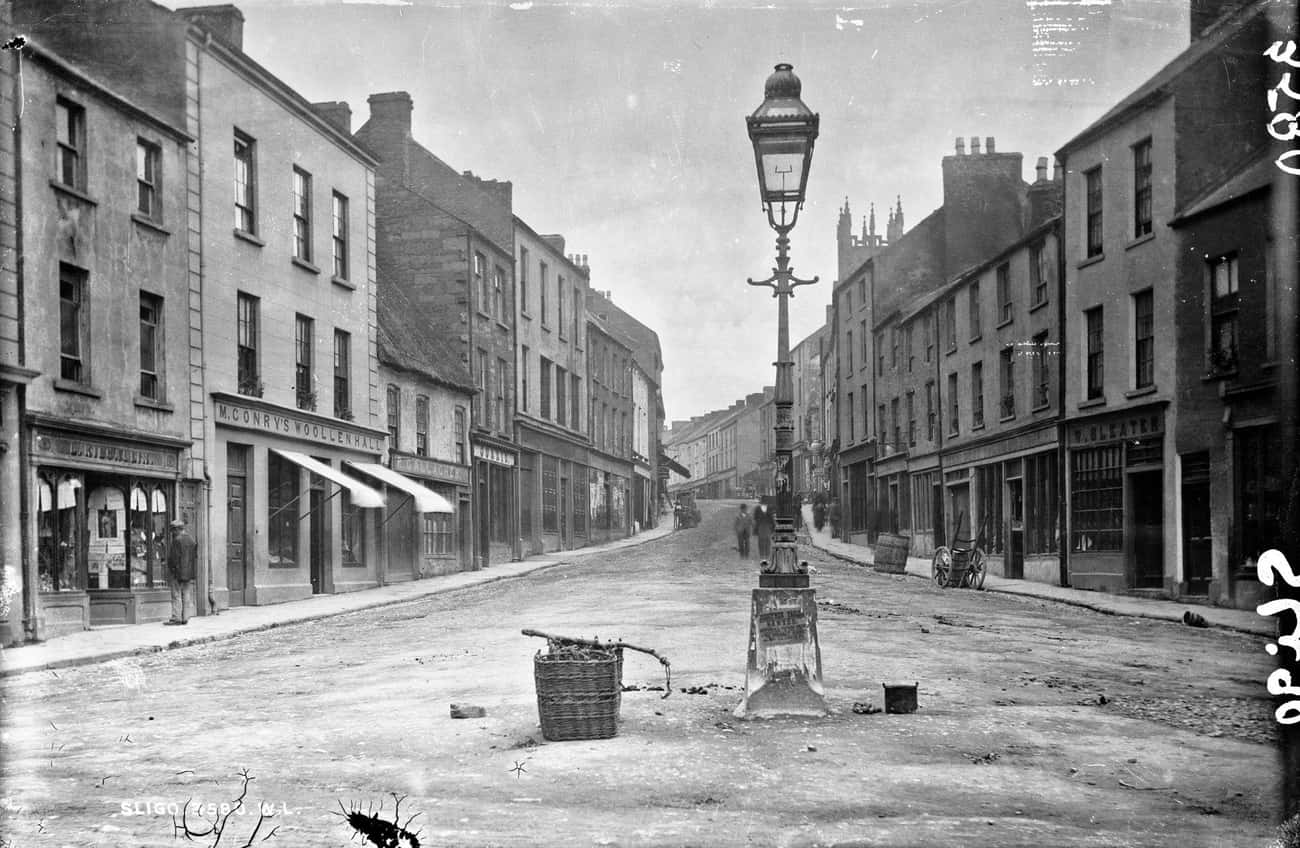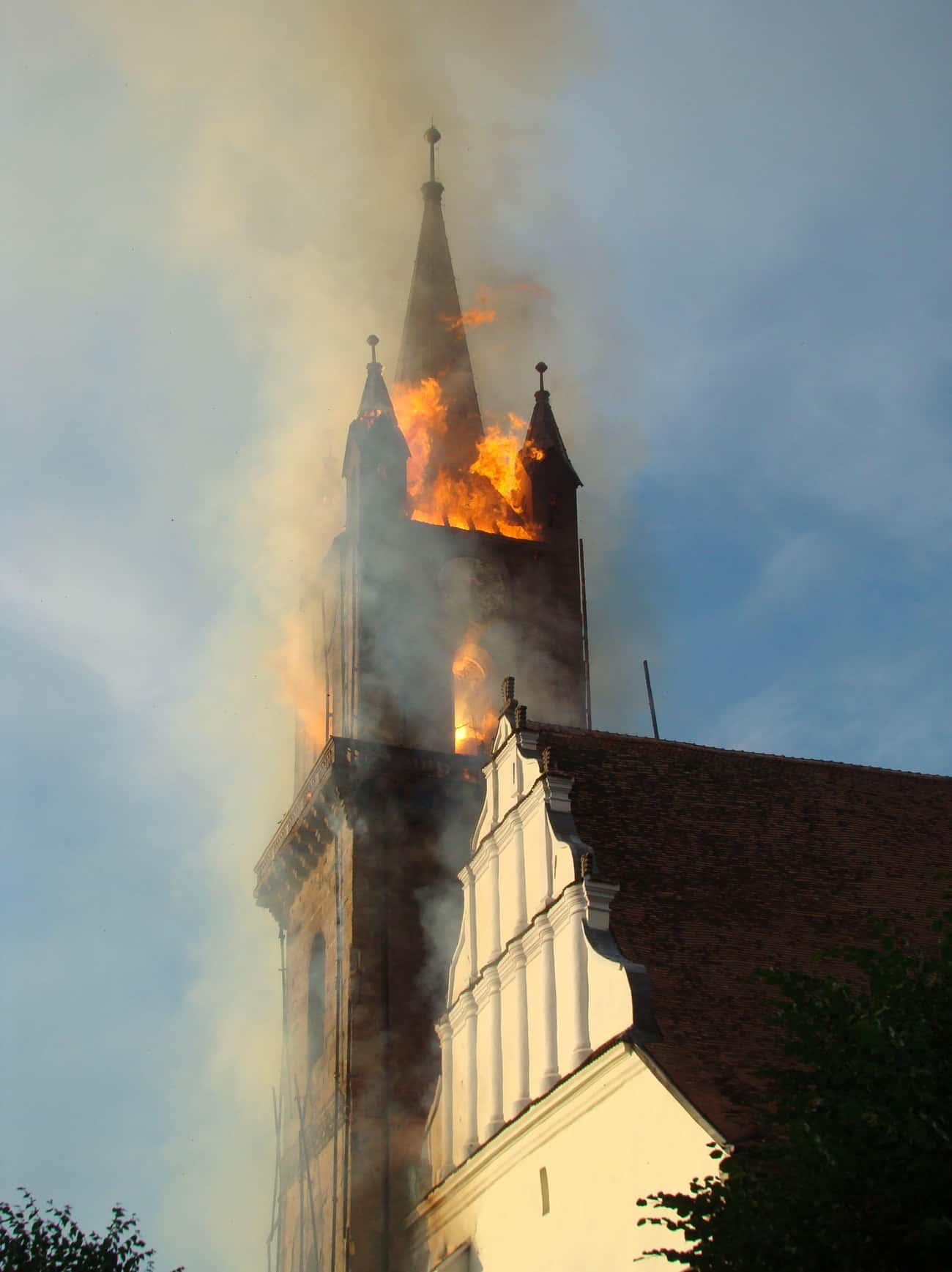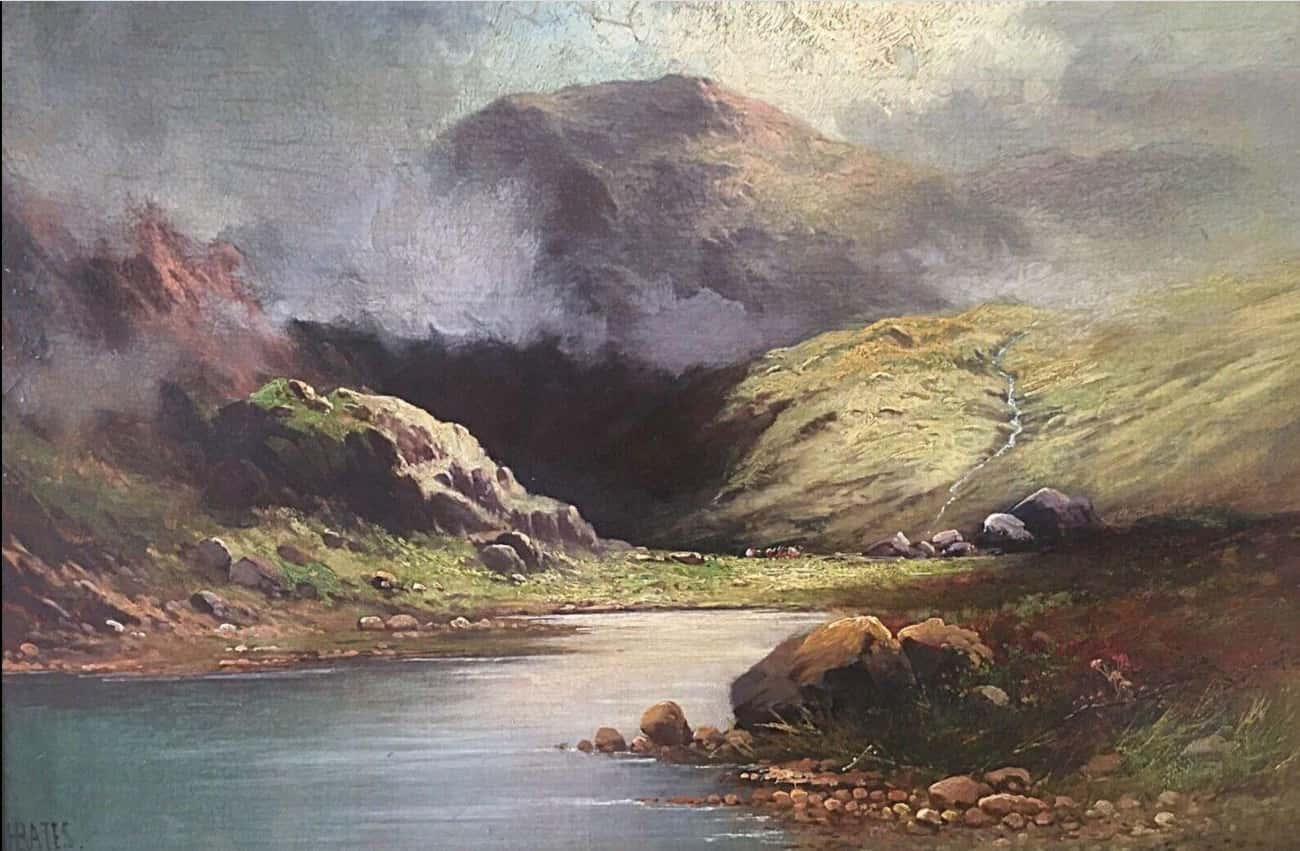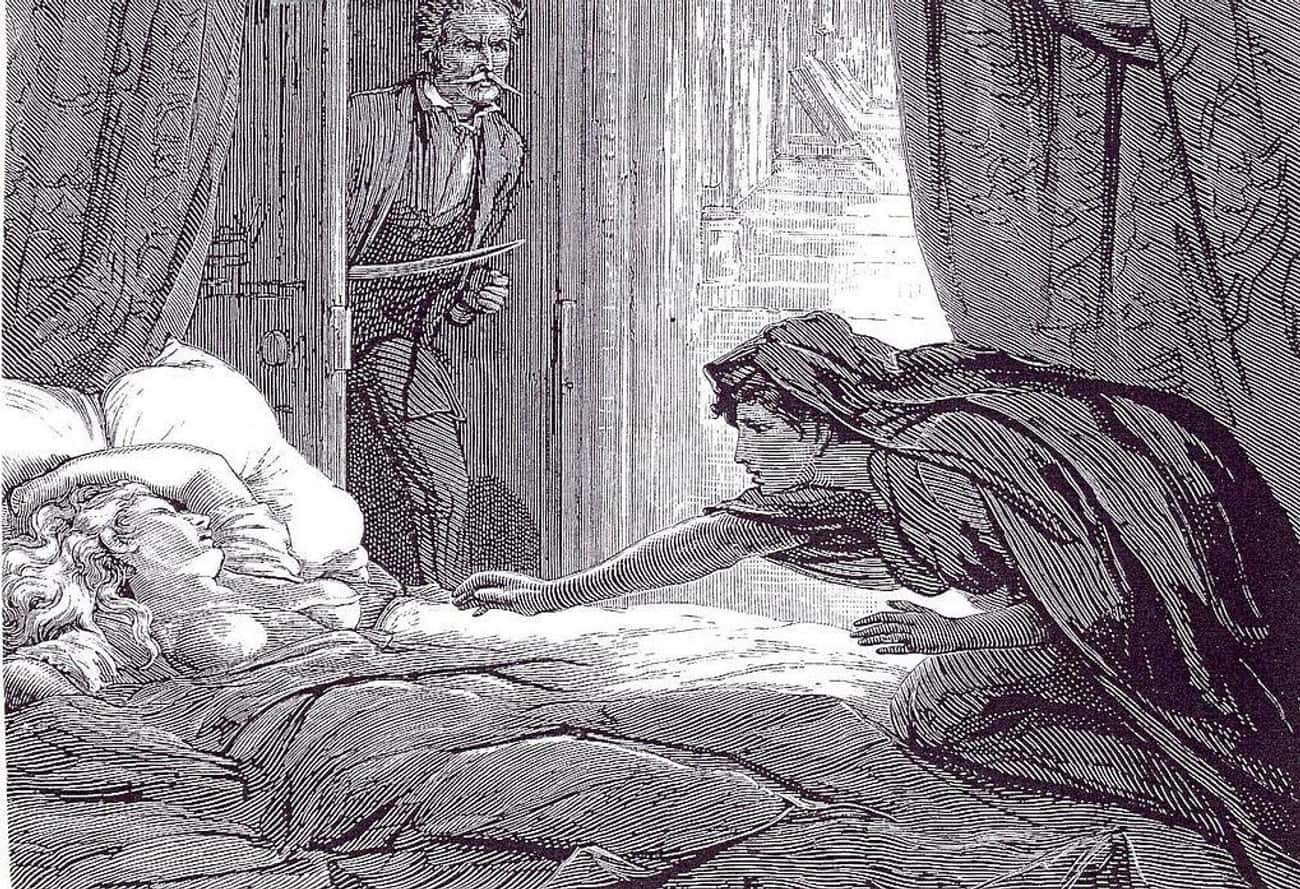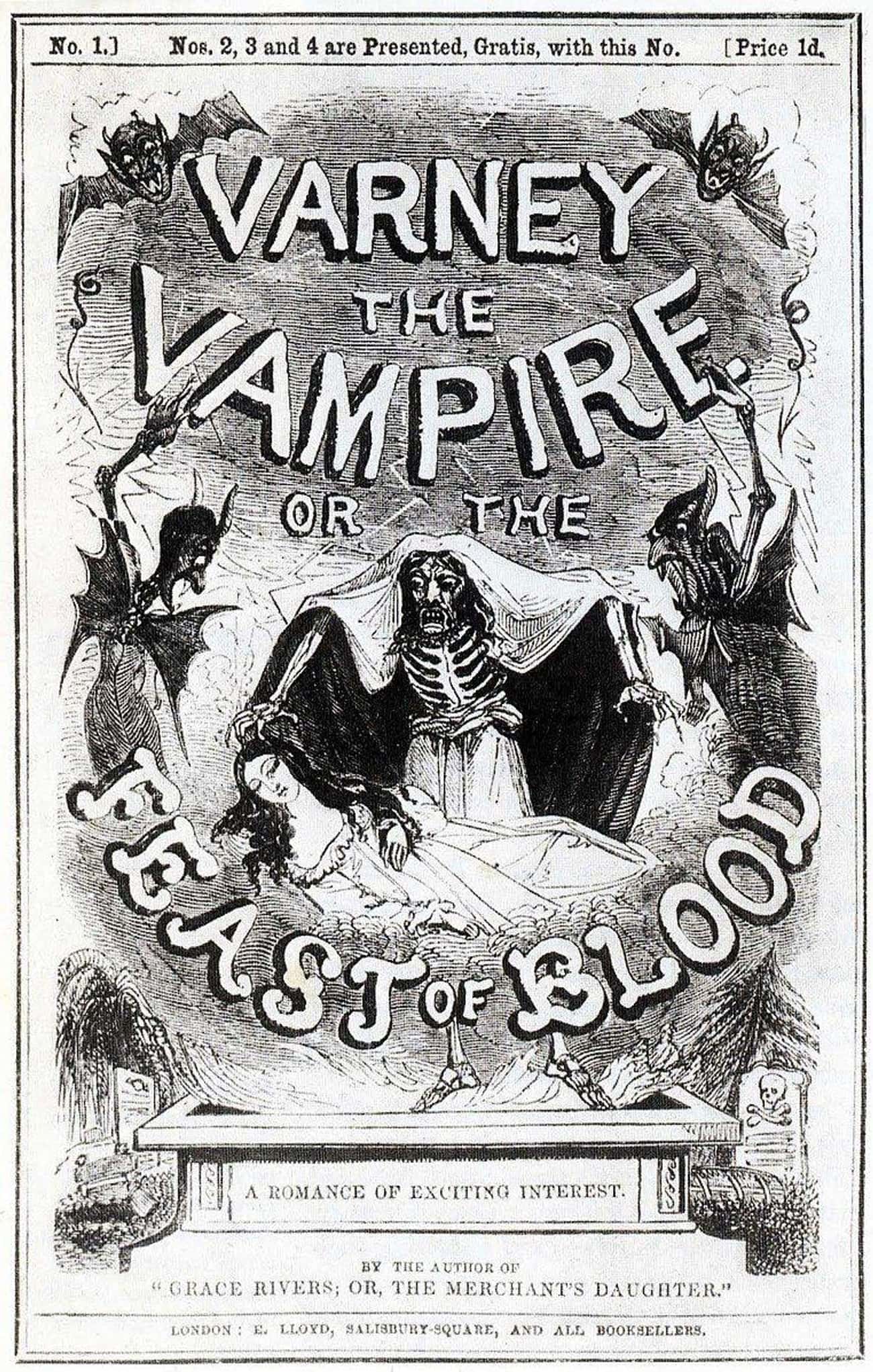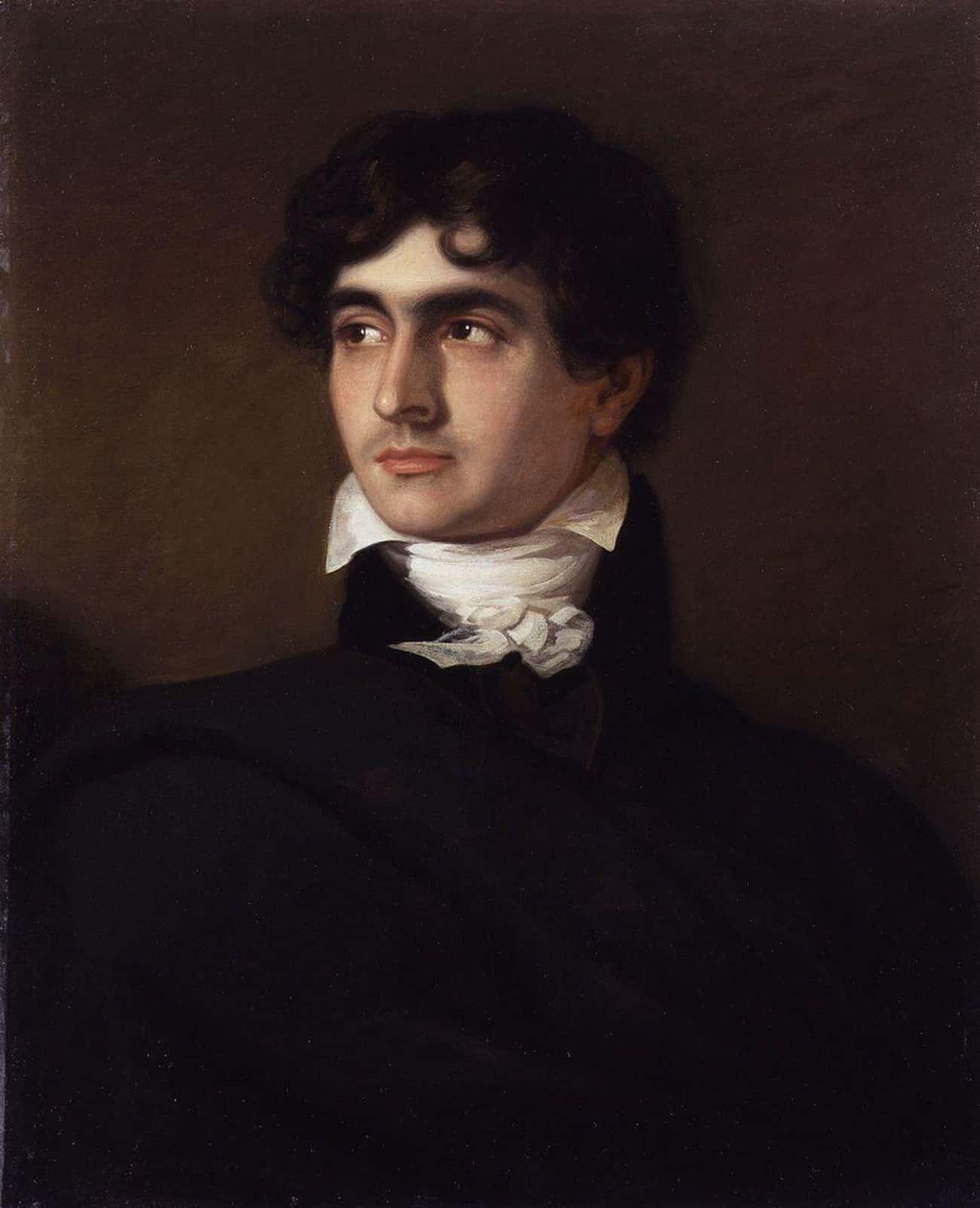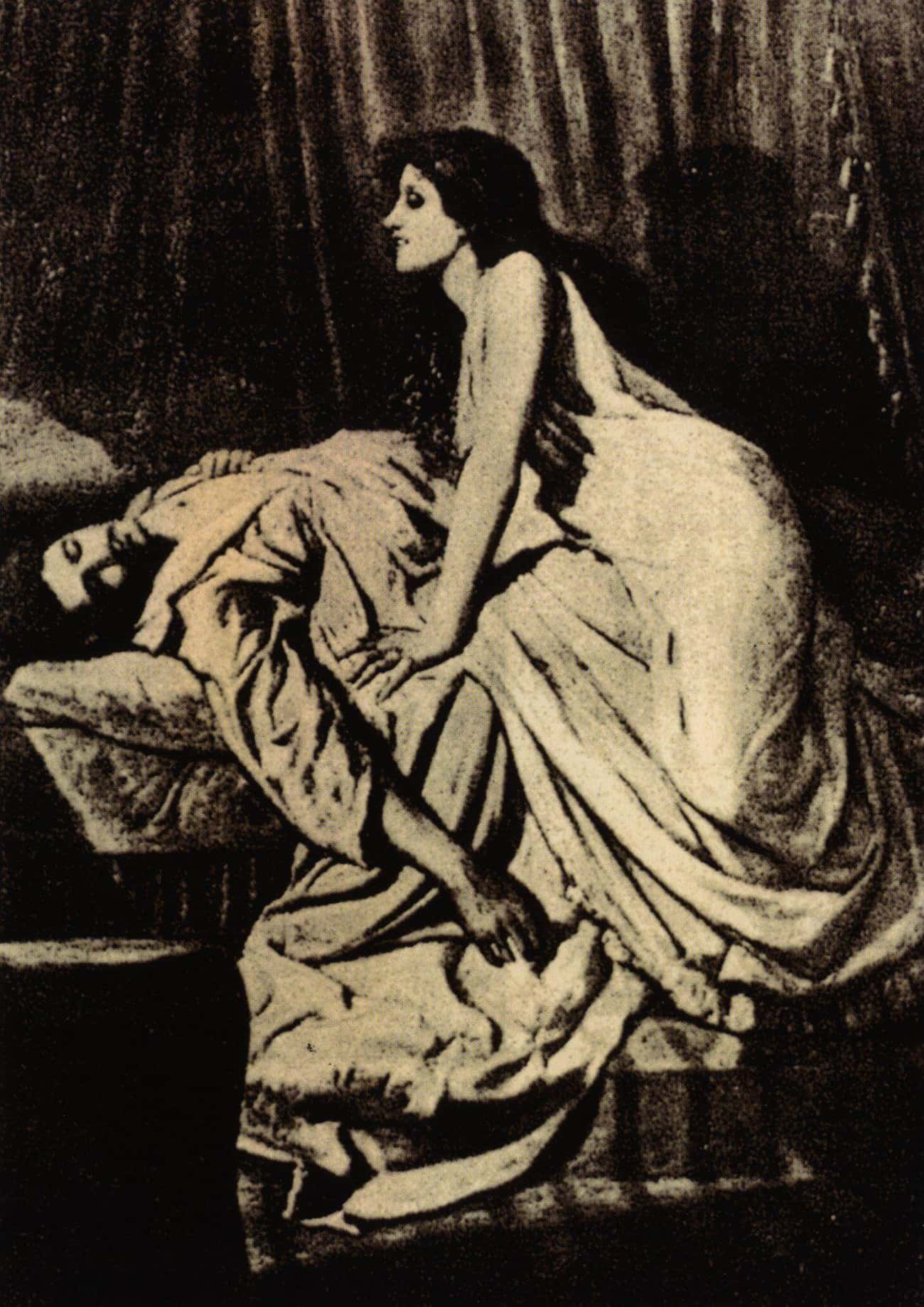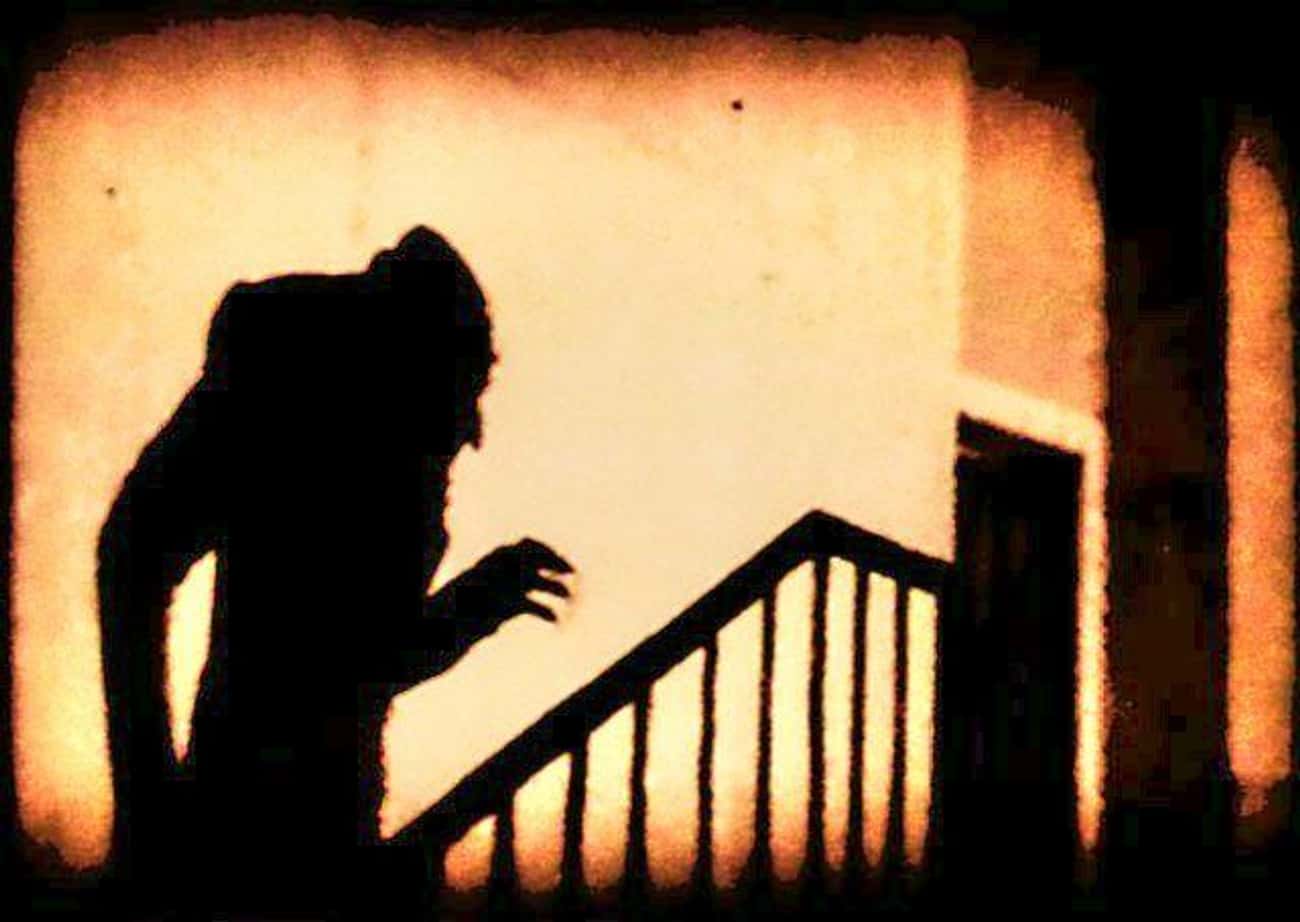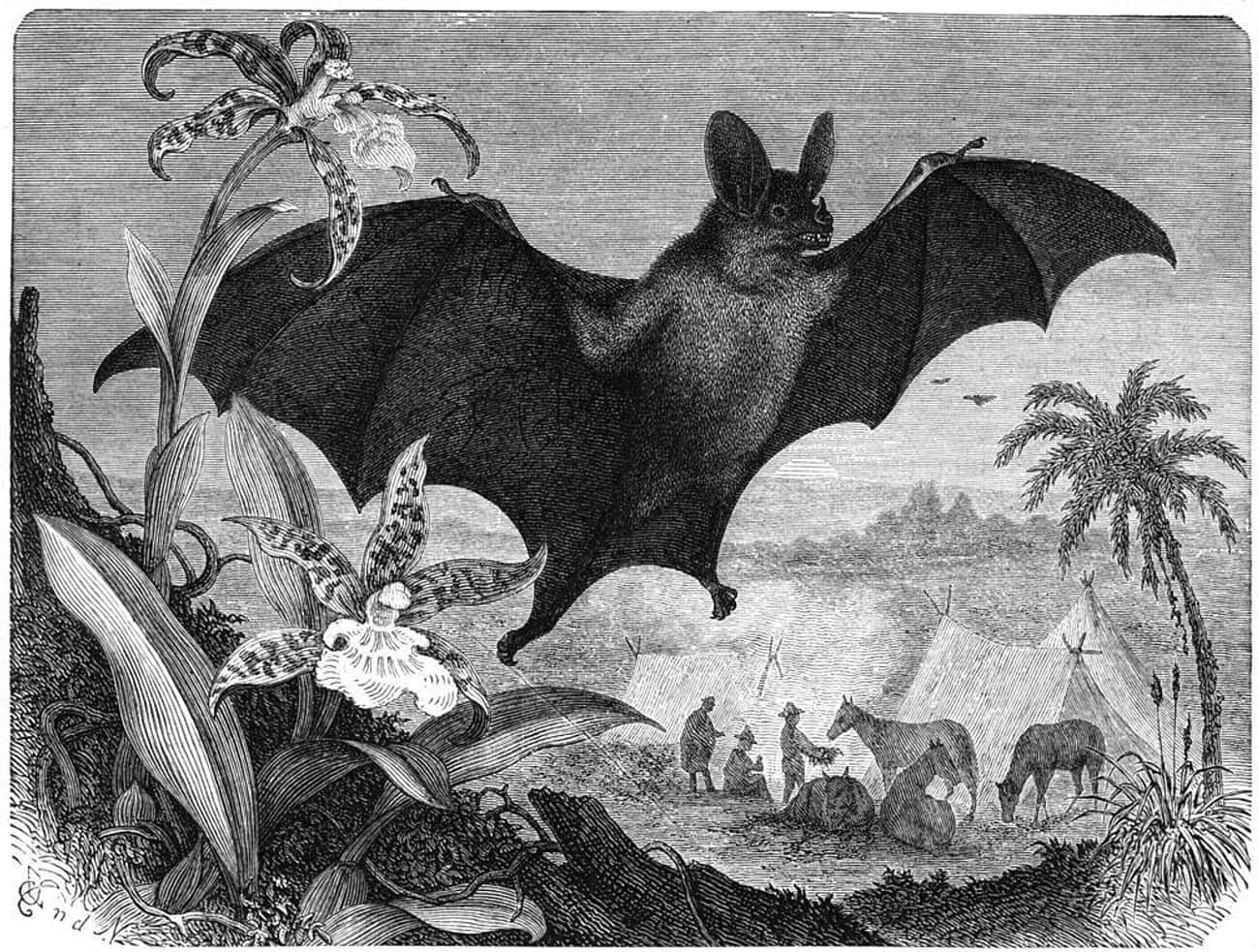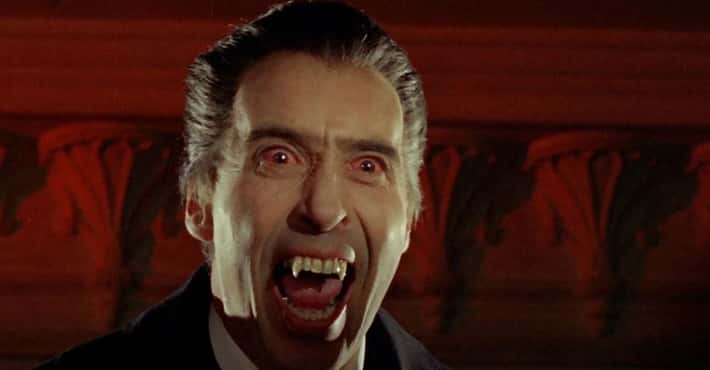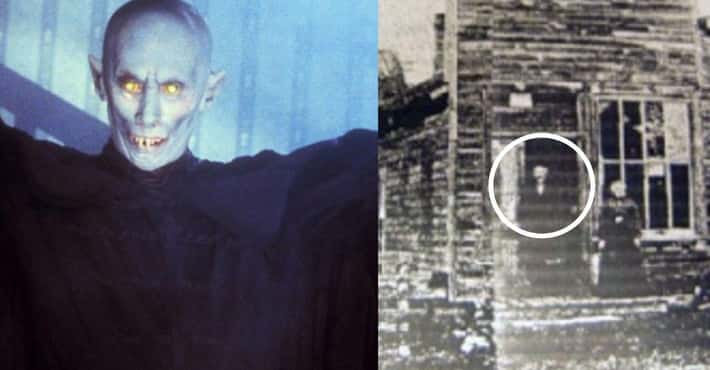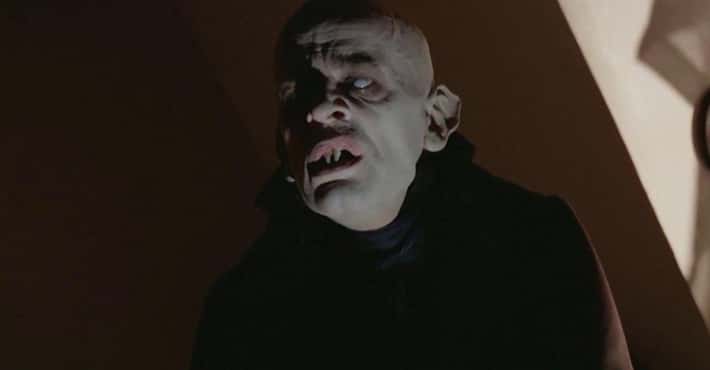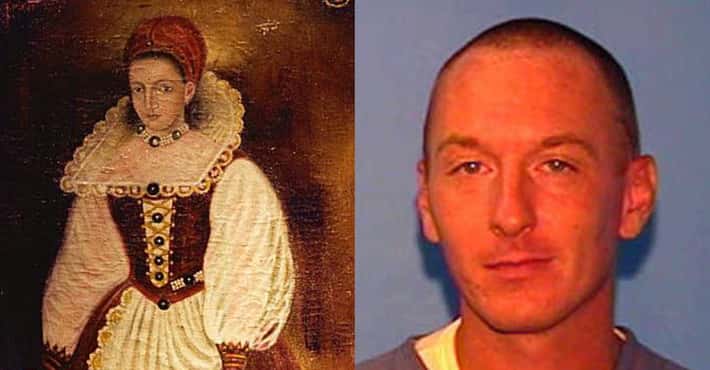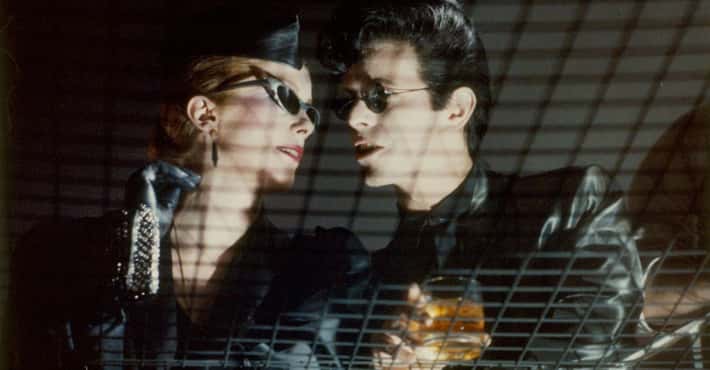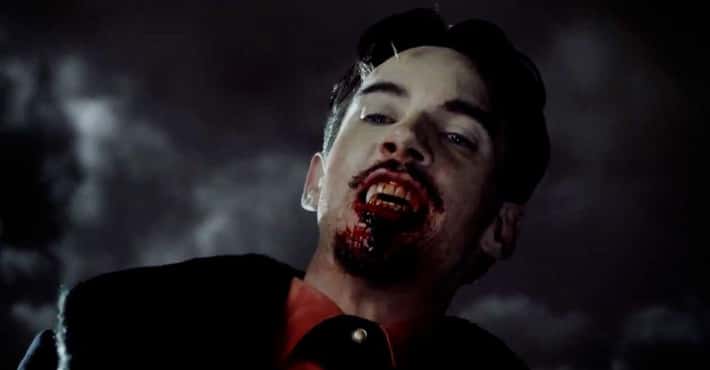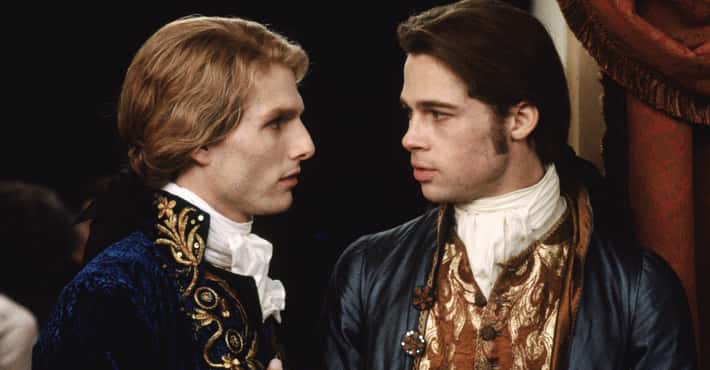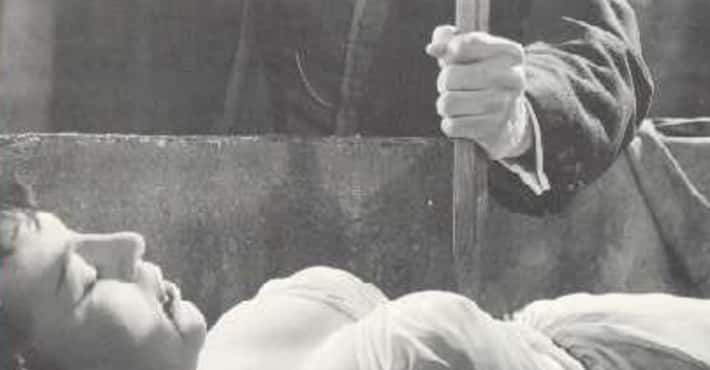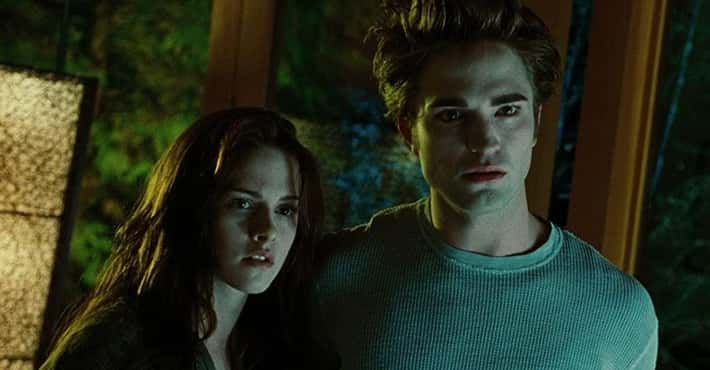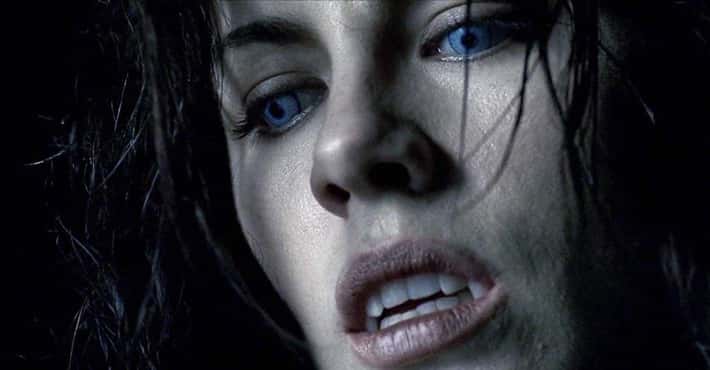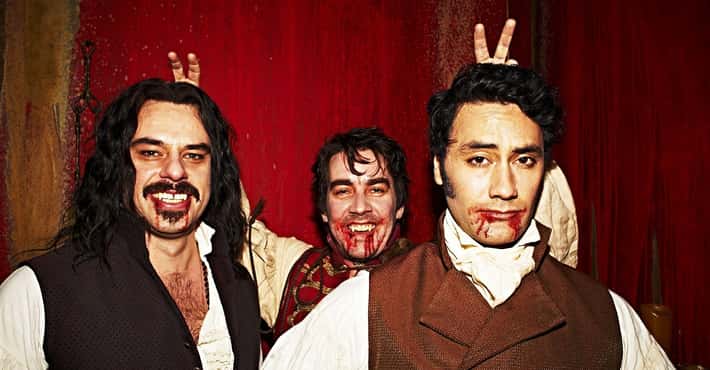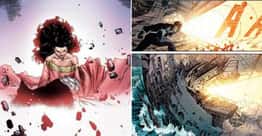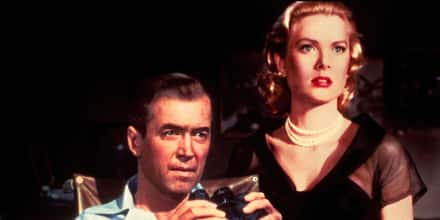13 Historical Figures And True Stories That Directly Inspired Dracula
- Photo: Anonymous / Wikimedia Commons / Public domain
Prince Vlad Dracula Was A Bloodthirsty Ruler
Over the years, many scholars have come to believe that Vlad Dracula, a 15th-century Romanian prince, was the primary inspiration for Stoker's Dracula. Although other theories have also been put forth, one thing that is for certain is that Vlad was an evil man and a bloodthirsty ruler. In fact, his thirst for murder and torture earned him the title Vlad the Impaler.
He was particularly fond of making enemy soldiers straddle spikes, which - when their leg muscles eventually gave out - would impale them. However, his murderous methods didn’t stop there. He was also known for boiling victims alive, feeding them to animals, and flaying them. It’s even reported that Vlad used these deadly procedures on innocent people, including women and children.
- Photo: Unknown / Wikimedia Commons / Public domain
Countess Elizabeth Bathory Murdered Young Women And Drank Their Blood
Elizabeth Bathory was a Hungarian countess who would come to be known as one of the first vampires in history. In addition to a deeply disturbing sadomasochistic streak, she believed drinking and bathing in the blood of young girls would keep her looking youthful. Her beliefs led the countesses on a bloody rampage, which resulted in the deaths of over 650 young women.
All of the tactics she used to kill and torture her victims were gruesome. She would slice, prod, burn, and beat her victims while they lived to collect their blood. She enjoyed mutilating their bodies, and it’s reported that she derived sexual gratification from her murders. This also included using her teeth to make lacerations on the breasts and genitals of her victims.
People Were Prematurely Buried During A Cholera Epidemic In Sligo, Ireland, In 1832
Dacre Stoker, the famed author's great-grandnephew, was invited to Sligo, Ireland, by the local Bram Stoker Society, where he confirmed a cholera epidemic in town in 1832 inspired the story of Dracula. Bran Stoker's mother, Charlotte, grew up in Sligo.
According to Dacre Stoker, when his great-granduncle's mother moved to France, Bram Stoker asked her to write down what she remembered from the premature burials in Sligo during the cholera outbreak and send them to him, confirming he must have used the accounts to inspire his tale of the undead.
Burial records from Sligo in 1832 are seven pages longer than the years prior. According to historian Dr. Fiona Gallagher, anywhere from 700 to 1,000 people perished within a six-day period, most of whom suffered a fever in the hospital. To prevent spreading the disease, people were buried right away - some before they'd actually passed.
When Bram Stoker was sick as a child, his mother reportedly told him stories about what happened in Sligo. During his visit to Sligo, Dacre Stoker presented a storyboard at St John's Cathedral in Sligo, where some of the infected were laid to rest.
- Photo: Muzsi Endre-Előd / Wikimedia Commons / Public domain
An Essay Called 'Transylvania Superstitions' Classified Two Types Of Vampires
In 1885, author Emily Gerard published an essay explaining Transylvanian folklore. The essay, titled Transylvania Superstitions, spoke about Nosferatu and vampires in full detail. It mentions that there are two types of vampires: those who are "illegitimate offspring" and those bitten and turned into vampires. Her essay goes into detail regarding a vampire’s lust for blood, and she describes the gruesome method of killing a vampire. This involves exorcisms, decapitation, and using a stake or burning the heart.
Published before Dracula, Transylvania Superstitions was a significant influence on Stoker who studied it thoroughly before creating Dracula.
- Photo: Henry Bates Joel / Wikimedia Commons / Public domain
The Baobhan Sith Was A Beautiful Fairy With Vampire Tendencies
According to Scottish mythology, baobhan sith - or the White Women of the Scottish Highlands - were beautiful female fairies with vampire-like tendencies. In the tales, a baobhan sith would rise from the grave to feed at night. She would use her enchanting appearance to seduce her victims, which were usually traveling men. Using her alluring spell, the baobhan sith would puncture or slit the neck of her victim with her sharp talons. She would then suck out every drop of blood from the victim and leave his withered corpse behind before crawling back to her grave.
The baobhan sith would only hunt during late hours when the sun was down because they couldn’t tolerate the sunlight. Obviously, these folk tales predate Stoker's toothy menace.
- Photo: David Henry Friston / Wikimedia Commons / Public domain
The First Lesbian Vampire Was Carmilla
A gothic novella that predates Stoker’s Dracula is the 1872 story Carmilla, by Irish writer Sheridan le Fanu. In fact, Carmilla is one of the earliest examples of vampire fiction, and it's the first lesbian vampire story ever written.
The story follows a female vampire named Carmilla and her lust for blood - as well as sexual pleasantries - from female victims. Carmilla is described as an unnatural beauty who can also transform into a black cat. After she seduces her female victims, she either kills them immediately to feed on, or she keeps them alive to continuously feed. The story is dark and filled with many sexual scenarios and gruesome murders. It was a major influence on Bram Stoker.
- Photo: Pixie / Wikimedia Commons / CC-BY-SA 3.0
The Abhartach Was The Dwarf Vampire of Ireland
Stoker studied many of the Celtic myths and legends from Ireland during his creation of Dracula. One legend is the story of an undead chieftain named Abhartach. He was said to be either a dwarf or a deformed wizard who used dark magic and drank fresh human blood to sustain his energy. As the story goes, Abhartach was killed with a wooden sword, only to repeatedly rise from the dead in order to seek out a fresh offering of blood.
- Photo: Anonymous / Wikimedia Commons / Public domain
Varney the Vampire's Characteristics Define Vampirism
During the 19th century, a penny dreadful by James Ryder and Tomas Prest titled Varney the Vampire was circulating throughout England. The story follows the life of Sir Francis Varney, a man who realizes he’s a vampire and sets out around the world to free himself of the curse.
Varney was one of the first vampires mentioned to have fangs, which he used to puncture his victim’s necks. In addition, the story also described - in graphic detail - exactly how Varney fed off his victims after biting their necks: “a gush of blood and a hideous sucking noise follows.” Detailed descriptions like this inspired the major vampire tropes in classic horror movies and vampire-focused literature, including Dracula.
- Photo: Johann David Schubert / Wikimedia Commons / Public domain
Gottfried Bürger's 'Ballad Lenore' Influenced Vampire Literature
In 1773, a German poet named Gottfried August Bürger wrote a spectral ballad poem titled "Lenore." The ballad tells the story of a woman named Lenore who deeply longs for her lover, who is off fighting in a war. One night, she is visited by a ghostly rider who masquerades as her beloved. However, the spectral being is actually death himself who has come to take Lenore to meet her unfortunate demise.
Although there is no mention or implication of actual vampires throughout the ballad, it is said that “Lenore” had a significant role influencing vampire literature, including Stoker’s Dracula, in which he includes the line from the ballad, “The dead travel fast."
- Photo: F.G. Gainsford / Wikimedia Commons / Public domain
John Polidori Created The First Aristocratic Vampire In His Story 'The Vampyre'
In 1819, John Polidori released a short story of gothic fiction titled "The Vampyre." The story is recognized as one of the first English stories ever written about vampires, and it changed perspectives on how vampires were represented. Instead of grotesque, monster-like creatures or deranged animals, Polidori created his vampire as a mysterious but handsome aristocratic named Lord Strongmore.
The story plays heavily on sexuality and the betrayal that Stromgmore commits against his female victims. In fact, women are highly attracted to him, allowing them to be seduced easily and giving Strongmore the opportunity to drink their blood. Stronghold shares common vampire characteristics such as biting his victims on the neck, an undying thirst for blood, and the ability to resurrect himself by basking in the moonlight.
- Photo: Philip Burne-Jones / Wikimedia Commons / Public domain
Heinrich Ossenfelder Wrote A Poem About A Devilishly Seductive Vampire
When Heinrich Ossenfelder's short poem "The Vampire" was published in 1748, it was regarded as being the first time a vampire appeared in creative literature. Although the poem isn't necessarily gruesome, it does portray the vampire figure in a sexual manner as he tries his hand at seducing a young woman by threatening her faith in religion.
According to scholars, the vampire is more of a metaphor for the death and destruction of Christianity than a Dracula figure. However, the poem does describe the aggressor as having vampiric characteristics such as draining his victim of her blood, having her succumb to death, and his embrace being cold, suggesting he is undead.
- Photo: F.W. Murnau / Wikipedia / Public domain
The Strigoi Of Romania Drinks The Blood Of Children
The strigoi is a mythological Romanian vampire-like creature that derives from the evil souls of the dead. These creatures are said to possess mystical attributes and supernatural powers such as super strength, immunity to sunlight, and the ability to perform magic. They can appear as invisible, phantasmic apparitions and shapeshift into animals. The strigoi rise from the grave during the night, haunt weary souls who are traveling the countryside, and drain their victims' bodies of their blood.
In addition, the legend states that the strigoi particularly enjoy feeding off infants and children. In fact, it was believed that if a human child possessed deformities at birth, then they were cursed as strigoi. Furthermore, if anyone was recognized as a strigoi, their body was completely destroyed when they died to prevent them from rising from the dead.
- Photo: Eduard Oscar Schmidt / Wikimedia Commons / Public domain
Early Explorers Encountered Bats And Named Them Vampiros
In 1510, an Italian explorer and historian named Pietro Anghirea added to vampire lore when he described large blood-lusting creatures that were accused of predatory activates. After returning from his exploration, Pietro wrote about his terrifying encounter with bats. He describes them as creatures of substantial size that would assault men as they slept at night. He further goes onto say that the creatures bit the men with their venomous teeth.
Although these creatures were large bats, they would later be referred to as vampiros. In the 1860s, an English explorer named Richard Burton would further describe the vampiros as demonic creatures with saucer-like eyes that fed from humans' blood.



